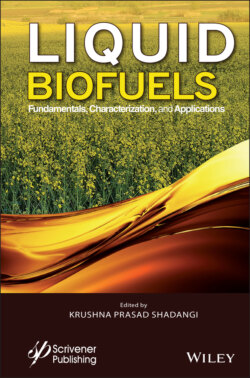Читать книгу Liquid Biofuels - Группа авторов - Страница 19
1.3.1 Marine Biomass
ОглавлениеMarine biomass consists of microalgae, sea plants with little or no lignin content and fast-growing photosynthetic species. In the past decade, there has been an increase in the focus of research on alternative fuel production from marine biomass [32]. In addition to marine biomass, marine microorganisms have unique properties such as high osmotic tolerance, utilization of certain sugars and the production of special enzymes [33]. Seawater is a potentially important marine resource. Microalgae (seaweed) are great resources for biomass production due to their fast growing and their high lipid content in certain species. Macroalgae (seaweed) can be divided into three types, brown, red and green. When comparing sugar composition, brown seaweed contains alginate, mannitol, laminarin, fucoidin and cellulose; red seaweed contains carrageenan, agar, cellulose and lignin and green seaweed contains mannan, ulvan, starch and cellulose [34]. In general, seaweed contains 23–67% carbohydrate, 4–23% protein, 1–4% lipid and 14–42% ash content. When compared with macroalgae or terrestrial biomass, microalgae cell wall is relatively easy to break down following a lysozyme, dilute acid, therefore marine biomass is easier to obtain [35].
